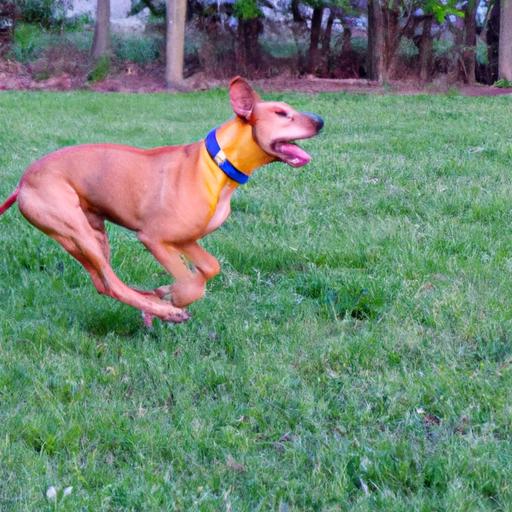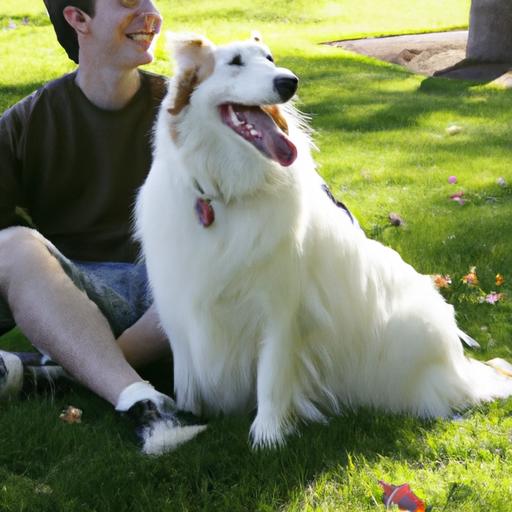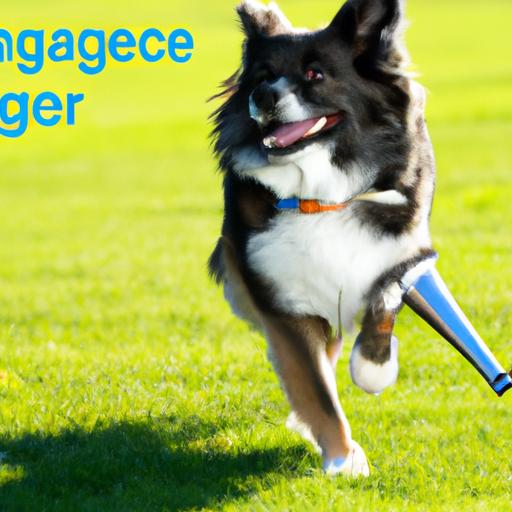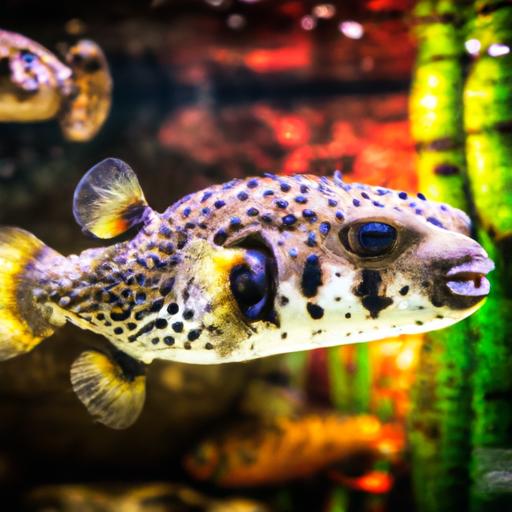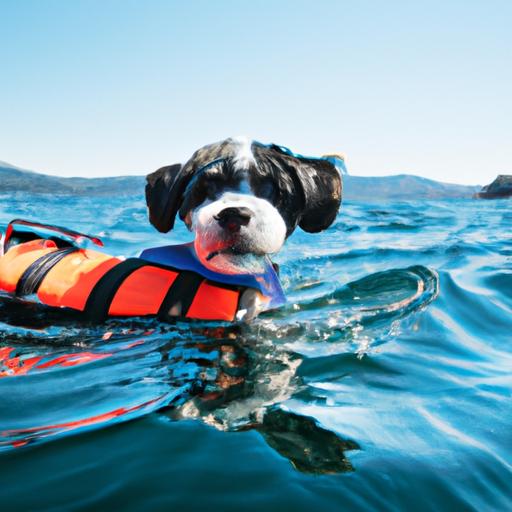
Canine Swimming: Safety and Enjoyment
Discover the importance of canine swimming for safety and enjoyment. Learn safety measures, FAQs, and tips for a worry-free swimming experience.
Introduction
When it comes to our furry friends, ensuring their safety and happiness is always a top priority. One activity that combines both safety and enjoyment for canines is swimming. Dogs have a natural affinity for water, and swimming offers numerous benefits for their physical and mental well-being. In this article, we will explore the importance of canine swimming, discuss safety measures to keep in mind, address frequently asked questions, and emphasize the overall enjoyment that swimming brings to our beloved companions.
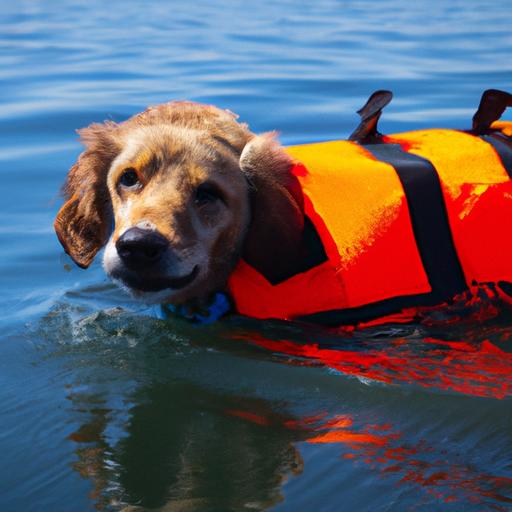
Canine Swimming Safety Measures
Supervision and Monitoring
Just like humans, dogs need to be supervised when swimming. Even if your canine companion is an excellent swimmer, accidents can happen. It’s essential to keep a watchful eye on your dog at all times to ensure their safety. Avoid distractions and be prepared to step in if needed. Remember, prevention is always better than cure.
Ensuring a Safe Swimming Environment
Before allowing your dog to take a dip, it’s crucial to assess the swimming area for any potential hazards. Remove any sharp objects, harmful plants, or debris that may pose a risk. Additionally, be aware of the water’s cleanliness and ensure it is free from harmful toxins or bacteria. A clean and safe swimming environment will ensure a worry-free experience for both you and your furry friend.
Introducing Dogs to Swimming Gradually
Not all dogs are natural-born swimmers, and some may be hesitant to take the plunge. It’s important to introduce them to swimming gradually, making it a positive and enjoyable experience. Start in shallow water and provide encouragement and reassurance. Never force your dog into the water, as this can create fear and anxiety. Patience and positive reinforcement are key when teaching your dog to swim.
Use of Life Jackets and Flotation Devices
Even for skilled swimmers, using a life jacket or flotation device is an excellent safety precaution. These devices provide an extra layer of protection, especially for dogs who may tire easily or are new to swimming. Ensure the life jacket fits properly and allows for free movement. It’s better to be safe than sorry!
Avoiding Hazardous Areas and Strong Currents
When choosing a swimming location, it’s important to consider the surrounding environment. Avoid areas with strong currents, as they can be dangerous for dogs, especially those who are not experienced swimmers. Stick to calm and shallow waters, such as lakes or designated dog-friendly beaches. By steering clear of hazardous areas, you can minimize potential risks and ensure a safe swimming experience.
FAQ (Frequently Asked Questions)
Can all dogs swim?
While many dogs have an innate ability to swim, not all breeds are natural swimmers. Dogs with short legs, short muzzles, or heavy bodies may struggle in the water. Breeds such as Bulldogs, Pugs, and Basset Hounds may require extra attention and assistance when swimming. It’s important to consider your dog’s individual capabilities and comfort level in the water.
How to teach a dog to swim?
Teaching a dog to swim requires patience and positive reinforcement. Start in shallow water, gradually increasing the depth as your dog becomes more comfortable. Use treats and praise to encourage them and make swimming a positive experience. If necessary, enlist the help of a professional dog trainer who specializes in swimming techniques.
Are there any breeds that are not suitable for swimming?
While most breeds can learn to swim with proper guidance, some are naturally less inclined or may face physical limitations. Breeds such as Bulldogs, Dachshunds, and Pugs may struggle due to their body structure. It’s important to assess your dog’s individual capabilities and consult with a veterinarian if you have any concerns.
What are the signs of distress in a dog while swimming?
It’s crucial to be aware of signs of distress while your dog is swimming. These may include excessive panting, difficulty staying afloat, frantic paddling, or attempts to climb on top of you. If you notice any of these signs, remove your dog from the water immediately and provide them with a safe and calm environment.
Can swimming be dangerous for dogs with certain health conditions?
Swimming can be a great low-impact exercise for dogs, but it’s essential to consider their overall health. Dogs with respiratory issues, heart conditions, or injuries may not be suitable candidates for swimming. Always consult with your veterinarian before introducing your dog to any new exercise regimen.
Are there any precautions to take after a swimming session?
After a swimming session, it’s important to rinse your dog with fresh water to remove any chlorine or salt residue that may irritate their skin. Thoroughly dry their ears to prevent ear infections, and keep an eye out for any signs of discomfort or fatigue. Providing fresh water and a resting area will help your dog recover from their swimming adventure.
Conclusion
Canine swimming offers a perfect blend of safety and enjoyment for our furry companions. By following essential safety measures, such as supervision, gradual introduction, and the use of flotation devices, we can ensure a worry-free swimming experience. While not all dogs are natural swimmers, with patience and positive reinforcement, they can learn to enjoy the water. Remember to choose safe swimming locations and be mindful of your dog’s individual abilities and any potential health concerns. So, let’s dive into the world of canine swimming and create memorable and joyful experiences for our beloved pets.
